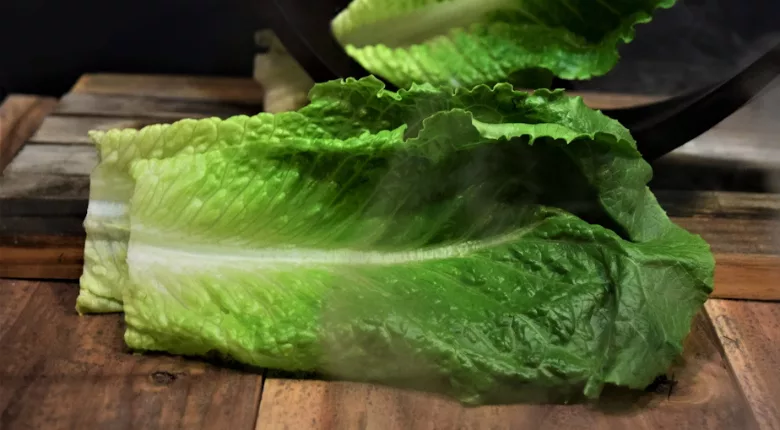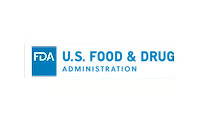FDA Publishes Report About On-Farm Investigations, Sampling of Leafy Greens in Salinas Valley

Image credit: Terry Jaskiw via Unsplash
As part of the agency’s Leafy Greens STEC Action Plan, the U.S. Food and Drug Administration (FDA) has published a report detailing the results of targeted inspections and microbiological testing of leafy greens grown in Salinas Valley, California during the region’s 2022 harvest season. The inspections, carried out by the California Department of Food and Agriculture (CDFA), and the sampling, done by FDA, included 14 farms that had been potentially linked to unresolved outbreaks of foodborne illness during traceback investigations in 2020 and 2021.
The aims of the inspections and testing were to identify potential contamination of leafy greens and to prevent contaminated or potentially contaminated product from entering commerce. The surveillance effort and related follow-up actions did prevent contaminated leafy greens from entering commerce, but did not find additional evidence to link any specific farms to the foodborne illness outbreaks in 2020 and 2021.
However, during the surveillance-related field activities, which were conducted from July–October of 2022, FDA and CDFA also continued efforts to better educate growers on FDA’s Food Safety Modernization Act (FSMA) Produce Safety Rule. CDFA performed inspections under the FDA-State Produce Safety Implementation Cooperative Agreement Program, a partnership established to provide technical and financial assistance to state and territorial agencies to develop and implement produce safety programs and to help ensure compliance with the Produce Safety Rule.
All samples collected during the 2022 work in the Salinas Valley region were tested for Escherichia coli O157:H7, a type of Shiga toxin-producing E. coli (STEC), and Salmonella, as FDA detected non-O157 STEC and Salmonella during its 2021 assignment following the outbreaks linked to lettuce grown in the region. Those findings, considered alongside the outbreaks, indicated to FDA that further surveillance was warranted, but more focused on farms potentially linked to the outbreaks.
Inspectional Outcomes
In the report, CDFA classified six of the inspectional outcomes as “voluntary action indicated” (VAI), and the remainder as “no action indicated” (NAI). Regarding the VAI classifications, CDFA’s observations included inattention to bird activity, inadequate sanitation, recordkeeping deficiencies, and employee retraining needs. All the farm operators took prompt voluntary corrective action in response to CDFA’s observations.
Sample Test Results
Of the total 62 samples of leafy greens tested, FDA detected S. Enteritidis in one sample of romaine lettuce. The agency performed whole genome sequencing (WGS) analysis on the Salmonella recovered from the positive sample and found the bacteria to be closely related to human clinical and chicken isolates. However, FDA did not have sufficient epidemiological evidence to link the farm at which the sample was collected to clinical illnesses. Sediment samples were negative for each of the target pathogens.
Upon identifying S. enterica, subspecies diarizone in a sample of green leaf lettuce, FDA notified the grower, shipper, and cooler about the positive sample. The farm destroyed the lot associated with the positive finding and none of the potentially contaminated lettuce entered commerce. The identified subspecies of Salmonella was not found to have any clinical illness matches. At FDA’s request, state partners initiated an on-farm inspection during the 2022 harvest season. This inspection included an assessment of animal intrusion, soil amendments, adjacent land use, and water use.
Additionally, FDA identified E. coli O157:H7 in a sample of iceberg lettuce, at which point FDA notified the grower, the harvester, and the owner/shipper/cooler about the positive sample and that the isolate was undergoing further characterization. The owner/shipper/cooler informed the agency that the entire lot of lettuce associated with the positive sample had been destroyed and none of it entered commerce. FDA and state partners initiated a follow-up investigation at the farm identified as the grower of the contaminated iceberg lettuce sample to determine potential sources and routes of contamination, but the investigation was limited because the field where the sampled lot of iceberg lettuce was harvested was fallow. All samples collected during the follow-up investigation tested negative for E. coli O157:H7 and other strains of STEC.
Looking for quick answers on food safety topics?
Try Ask FSM, our new smart AI search tool.
Ask FSM →









